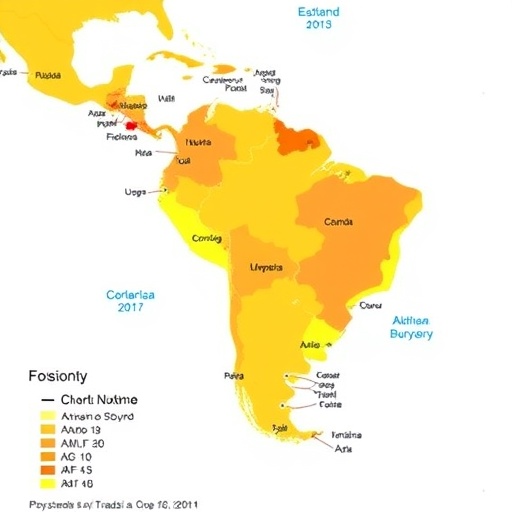The prevalence of multiple sclerosis (MS) across the globe has been witnessing a notable increase, as reported by the Multiple Sclerosis International Federation. However, this overall trend is accompanied by significant regional variations that could offer essential insights into the pathophysiology of this complex neurological condition. In the context of Latin America, the findings indicate a comparatively low prevalence of MS, a phenomenon that may be attributed to a combination of unique genetic and environmental factors distinctive to this diverse region.
Latin America has been shaped by centuries of population admixture, predominantly between Native American Indian groups and populations from Europe, along with a lesser influence from African ancestry. This rich tapestry of genetic diversity in Latin America might play a critical role in the epidemiology of MS, potentially influencing both susceptibility to the disease and its clinical manifestations among affected individuals. The interaction between genetic predispositions and environmental exposures could help to elucidate the underlying mechanisms contributing to this regional disparity in MS prevalence.
Various environmental aspects specific to the Southern Hemisphere may further contribute to the reduced incidence of MS observed in Latin America. Factors such as sunlight exposure, which is known for its association with vitamin D levels, could be pivotal. Vitamin D plays a critical
Tags: clinical manifestations of multiple sclerosisenvironmental influences on MS prevalencegenetic factors in multiple sclerosisMS epidemiology in Latin Americamultiple sclerosis international federation reportsMultiple sclerosis trends in Latin Americaneurological conditions in Latin Americapathophysiology of multiple sclerosispopulation admixture and MSregional variations in MS prevalencesunlight exposure and MS incidencevitamin D and multiple sclerosis





